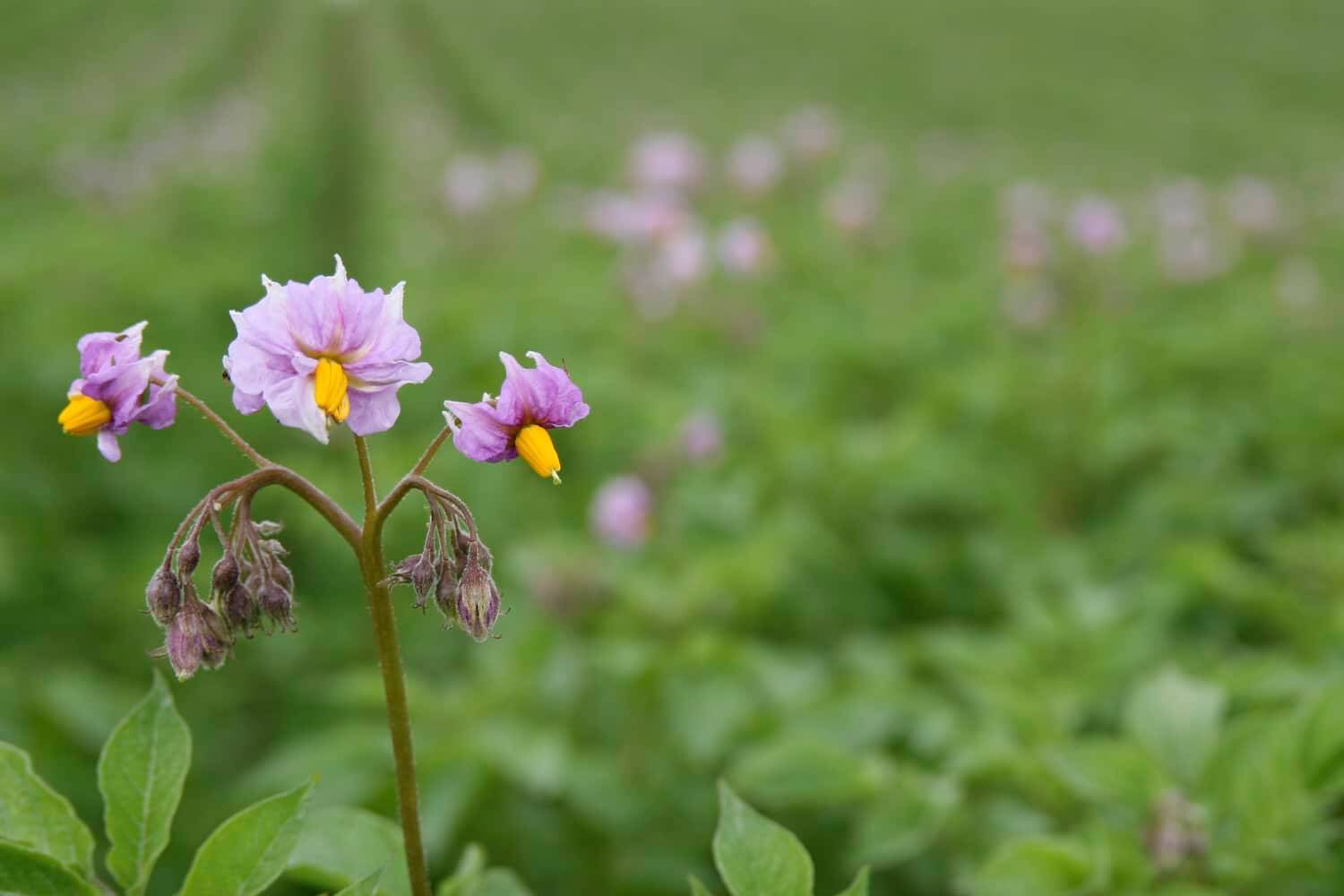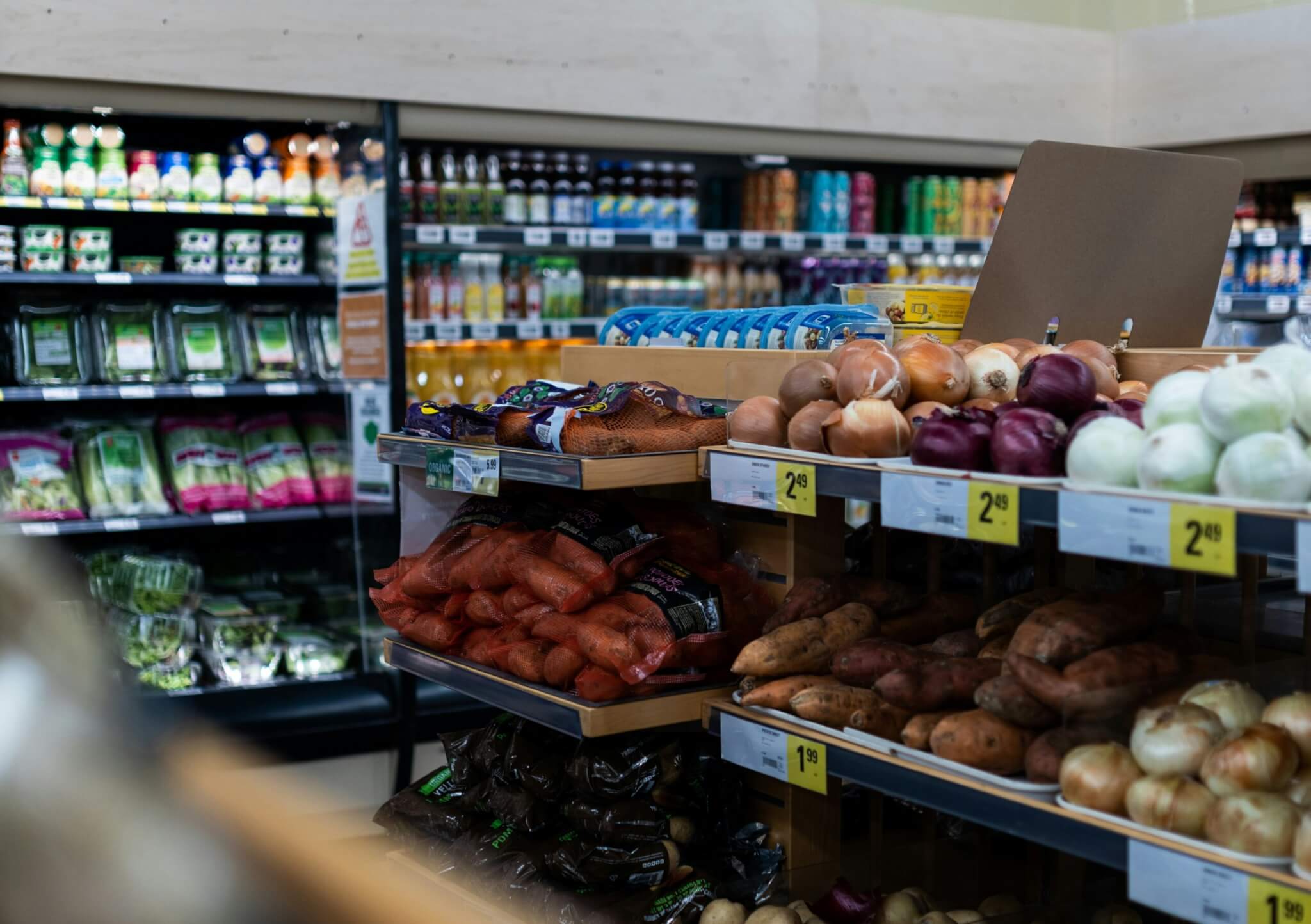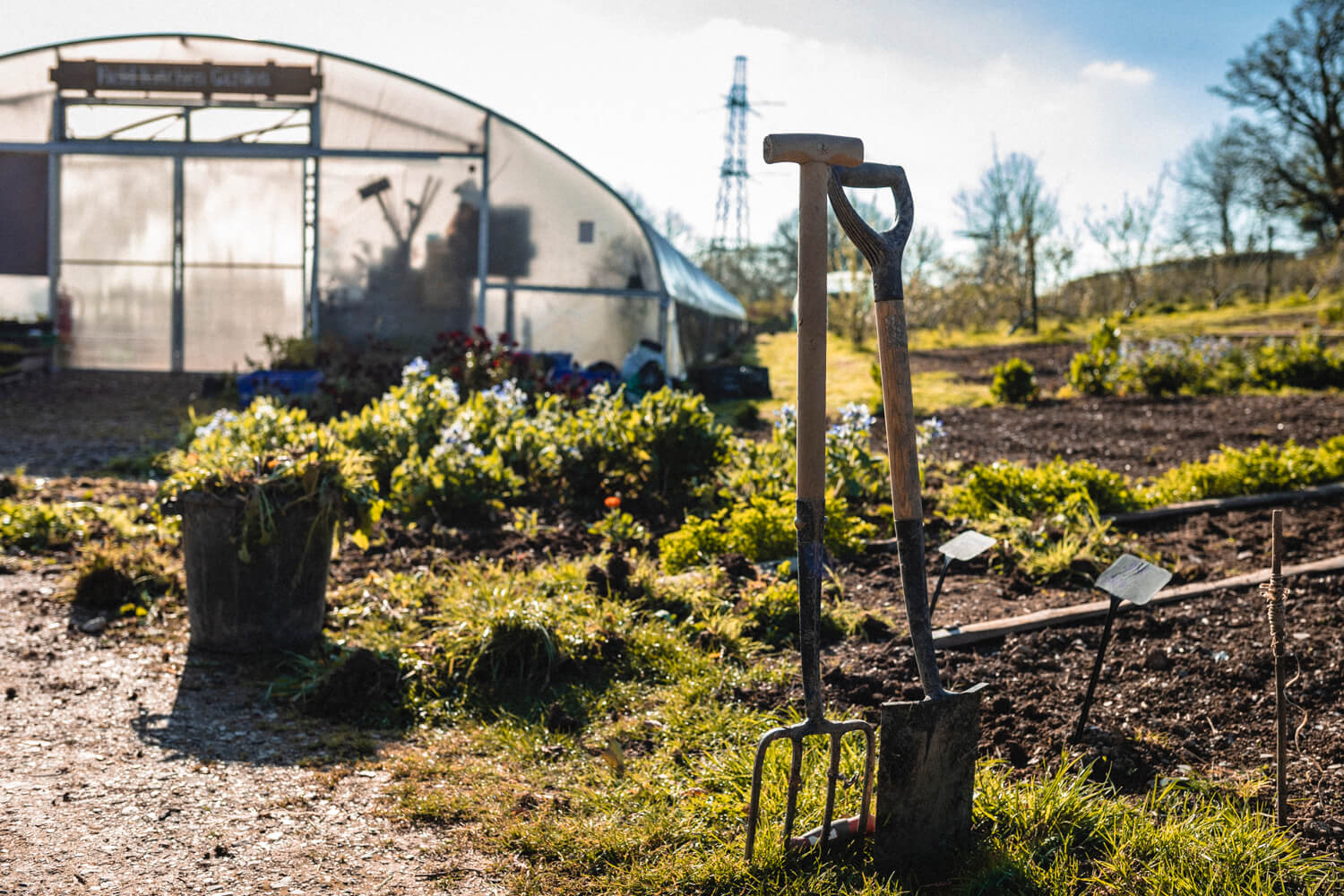The UK has finally published its national action plan on pesticides. Farmers will be supported to “voluntarily increase their use of nature friendly farming techniques and embrace alternative measures to reduce the potential harm from pesticides by 10% by 2030, while controlling pests and pesticide resistance effectively,” said all four UK Governments in a statement last month.
NGOs I spoke to were not impressed. The 38 pages amount to little better than a “poke in the eye”, suggested Nick Mole, policy manager at Pesticide Action Network (PAN) UK, the campaigning group that has been tracking pesticide policies for years. “We are not keeping up [with Europe],” he added.
So, what is the UK’s plan for pesticides and how does it compare with the EU’s?
Dirty man
Talk of pesticides often has me turning to Rachel Carson’s Silent Spring to reflect and revise. But the publication of the UK’s long-delayed national action plan on pesticides had me reaching first for another book: The Dirty Man of Europe, by Chris Rose.
As the detailed account of the ecological misrule of Britain in the 1980s notes: “The UK has a sordid record of deliberate attempts to disguise pollution,” including the evasion or neutering of European laws. Without pressure from Europe, it is difficult to see how the country would have made any environmental progress in that period – or until 31 January 2020.
Brexit had me – and many others – wondering whether we would really be ‘greener’ (as promised by the government at the time) once freed from the slow yet steady regulatory wheels of Brussels. Would we really go further and faster to clean up our countryside? Or would we shift into reverse?
Five years on from the divorce and almost nine from the referendum vote and you could probably say there has been a bit of both. But the lack of progress on pesticides has increased concerns over divergence from EU environment laws and had many looking longingly at the Brussels bureaucrats as they continue to ban harmful chemicals.
Since 2020, the EU has restricted dozens of pesticides for example, far ahead of the UK. Riffing off Rose’s ‘dirty man’ accusation, Mole has called us “the toxic poster child of Europe” as we continue to expose our wildlife to an increasingly “toxic soup of chemicals”. Mole’s claims followed PAN UK’s September 2023 analysis showing that 36 pesticides not allowed for use in the EU are still permitted in the UK: 30 of those have been banned in the EU since Brexit but not here, while the remaining six have been approved for use in the UK since Brexit but not in the EU.
More worrying is the fact that the chemicals under scrutiny include 12 that are classified as carcinogens, meaning they are capable of causing cancer; nine hormone disrupting chemicals (EDCs) which may interfere with the normal functioning of the hormone system; and eight chemicals that are toxic to development or reproduction. Thirteen of them are also considered to be ‘highly hazardous’ by the United Nations due to their toxicity to bees, aquatic organisms, or their ability to contaminate water.
‘Sensible choice’
Mole is currently working on an updated figure for just how far the UK is lagging behind the EU, but it’s unlikely to stymie criticism of chemical controls. Could a new(ish) government and its new plan for pesticides help?
Conservationists were certainly cheered by the government’s move in January to uphold the ban of a neonicotinoid pesticide – which is highly toxic to bees – and so refusing the application for their emergency use in England. The pesticide is used on sugar beet to tackle a disease spread by aphids and has previously been allowed as an emergency measure to protect crops despite a ban on its use in the EU and the UK.
Kevin Austin, director of policy and advocacy at the RSPB, says the government “made the only sensible choice. The science is clear that this bee-killing pesticide has no place in our countryside if we are to reverse nature’s decline and secure our future food security,” he explains, adding: “It’s now absolutely vital that farmers are properly supported to access viable nature-friendly alternatives [because] our ability to produce food depends on nature.”
RSPB is among the growing number of organisations behind a movement to support farming that supports nature rather than fights against it. Organic systems fall into that category, of course, with very limited access to chemicals and an approach which, in the words of organic dairy farmer and founder of the Sustainable Food Trust, Patrick Holden, are “in harmony” with local ecosystems.
RSPB said one of the “key wins” in the UK pesticides plan is the inclusion of a reduction target – which “crucially” looks at both how much of a pesticide is used and how toxic it is (see below):
The new national action plan for pesticides sets a target for UK nations to reduce ‘environmental harms’ from pesticides by at least 10% by 2030 (versus 2018). Progress will be measured using the UK Pesticide Load Indicator (UK PLI), which has 20 different metrics: four on how the chemical ‘behaves’ in the environment and 16 relating to its toxicity to wildlife, including bees and fish. These scores are combined with the quantities of the pesticides used.
However, this only applies to the agricultural sector (not fruit and vegetable production for example). The details are also vague with the government promising more information in due course, including on how exactly to support farmers to adopt integrated pest management (IPM), such as nature-based ones. There is a nod to ‘carrots’ for farmers who adopt IPM but little clarity on where to find them or how valuable those carrots will be.
This the first time we have had an impact reduction target, The Association’s Hannah Blitzer told me recently, but “to be truly effective this will need to be reinforced with legislation and ongoing support and encouragement for farmers to make the right choices through the SFI scheme or whatever the government chooses to replace this with”.
This is a tense time for farmer support schemes, with the closure of the Sustainable Farming Incentive (SFI) throwing plans up in the air. Whether the ambitions in the action plan will help meet the UK’s biodiversity targets is moot. “Organic already demonstrates a productive farming system thriving without artificial pesticides and would benefit from the scale of investment currently going into developing new pesticides,” Blitzer says.
There is also considerable interest in regenerative farming – an approach that should also considerably reduce reliance on pesticides and chemical fertilisers, restore soil health and biodiversity. Major food brands and supermarkets are talking a very good game on their regenerative plans and how this will cut their use of chemicals (and cut carbon emissions too).
But be careful what you read in the headlines. Waitrose for example is offering up half a million to help British farmers cut their emissions. More than 2,000 farms in its supply chain were encouraged to apply, which equates to £250 per farm (or about 20p per tonne of the chain’s greenhouse gases). “I’m getting irritated by all these fund announcements which ultimately add paperwork to farmers instead of actually embedding better payment terms into procurement contracts, which requires better rates paid to growers in return for measurably improved impact,” one consultant and former supermarket director told me.
Spray away
So, with an iffy plan for pesticides, a closure of the sustainable farming support scheme, and organic land shrinking even as demand grows, it is hard to remain optimistic. And even when you do there are hidden horrors. Consider for example pesticide usage figures, reported by Wicked Leeks in 2023, showing that while the amount of pesticides has fallen, the rate at which pesticides are being applied – the average kilogram of pesticide used per hectare of land – has largely remained the same. In other words, the intensity has remained static.
Those figures, collected for the government by research agency Fera and analysed by PAN UK, also showed use of glyphosate increased by 16%. The chemical, which has been linked to causing cancer, is used to control weeds and as an alternative to ploughing – which has seen some regenerative systems include the chemical rather than disturb the soil. The UK government has been reviewing whether to extend its approval for another 15 years but has just quietly delayed a decision on the matter for another year until 15 December 2026.
This is perhaps a classic example of how the UK has struggled to keep up with the EU on chemical regulation. Previously there were 28 EU member states and hundreds of experts able to analyse the reams of data and information. Now there is just the Health and Safety Executive (HSE) which has not had the time nor expertise to keep up. This so-called ‘capacity gap’ has allowed other chemicals to slip through too, posing risks to the environment and human health.
“Since Brexit, the UK has been slow to implement any changes or measures to reduce pesticide use,” says Kyle Lischak, head of UK at law firm Client Earth. “Although the EU process of pesticide approval has been largely retained in its original form, the approval process in the UK is now notably less transparent than its EU counterpart,” he adds.
The 10% target on pesticide reduction is “very unambitious”, according to Dave Goulson, professor of biology at the University of Sussex and an expert in bee ecology. Indeed, the European Commission announced two non-legally binding pesticide reduction targets in 2020 as part of the ‘Farm to Fork Strategy’: a 50% reduction in the use and risk of chemical pesticides and a 50% reduction in the use of more hazardous pesticides (though attempts to make it legally binding through the Regulation on the Sustainable Use of Plant Protection Products failed following the farmer protests across Europe).
A twist in the chemical cocktail
At a recent conference I heard suggestions that the era of chemical inputs in farming is “coming to an end” – but to think this will happen anytime soon would be folly. There is no denying we have a pesticide problem and, encouraging though the inclusion of a target is, there isn’t really a plan to achieve it. As Chris Rose warned all those years ago: “Weeds, it is sometimes said, are plants in the wrong place. If a pollutant is a chemical in the wrong place, then pesticides are classic examples.”













So wrong that glyphosate is still permitted in UK – and horrific that its use is increasing